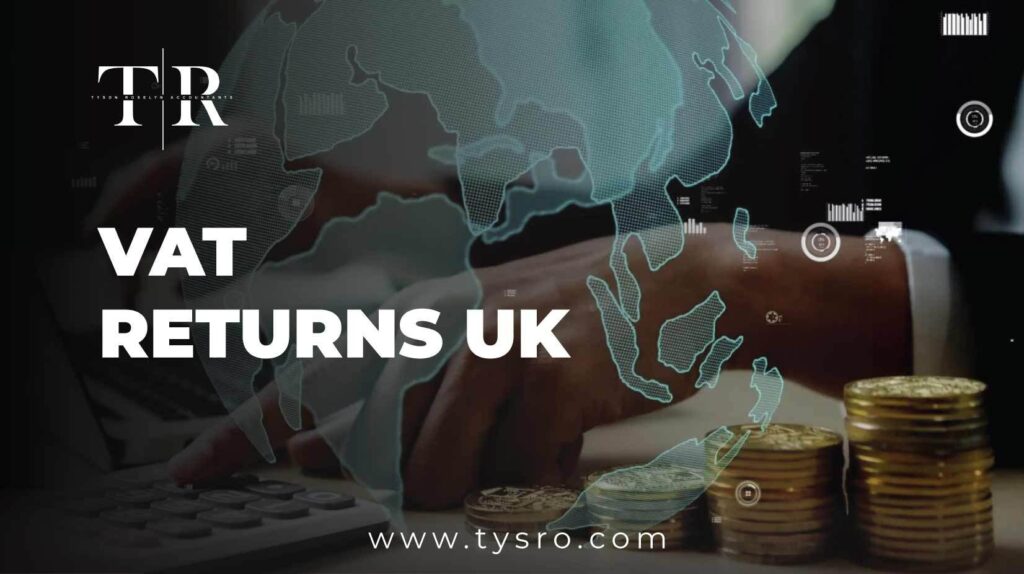Introduction
When running a business in the UK, understanding your VAT Returns UK is crucial. Whether you are a small business owner or managing a larger enterprise, navigating the VAT return process can seem daunting. But don’t worry! This guide will break it down into simple, manageable steps, helping you gain confidence in handling VAT returns.
What is VAT Returns UK?
Value Added Tax (VAT) is a consumption tax levied on goods and services. It’s collected by businesses on behalf of the government. Essentially, every time a product or service is sold, VAT is added to the sale price, which the seller later pays to HM Revenue and Customs (HMRC).
Key Points about VAT:
- Standard Rate: The current standard rate of VAT in the UK is 20%.
- Reduced Rate: Some goods and services are eligible for a reduced rate of 5%.
- Zero Rate: Certain items, such as food and children’s clothing, are zero-rated for VAT.
- Exemptions: Some businesses and sectors are exempt from VAT altogether.
Why Do You Need to Submit VAT Returns UK?
If your business is registered for VAT, you must submit VAT returns to HMRC, typically every quarter. This process ensures that you accurately report how much VAT you’ve collected and how much you’ve paid on purchases.
The Importance of VAT Returns UK
- Legal Requirement: Failing to submit VAT returns on time can result in hefty fines.
- Financial Insight: VAT returns provide insights into your business’s cash flow, helping you manage finances more effectively.
- Claiming Refunds: If you pay more VAT on purchases than you collect on sales, you can claim a refund from HMRC.
The VAT Returns UK Process: Step-by-Step Guide
Here’s a simple step-by-step guide to help you complete your VAT Returns UK confidently:
Step 1: Gather Your Records
Before you start filling out your VAT return, ensure you have all necessary documents and records. This includes:
- Sales invoices: These show how much VAT you charged on sales.
- Purchase invoices: These detail how much VAT you paid on purchases.
- Bank statements: These can help verify your transactions.
Anecdote:
Sarah, a small business owner, learned the hard way about the importance of record-keeping. She had to scramble to find receipts and invoices on the day of her VAT return submission. Now, she keeps everything organized in a digital format, which saves her a lot of time and stress.
Step 2: Calculate Your VAT Due
To complete your VAT return, you need to calculate:
- Total VAT on sales: This is the VAT you collected from customers.
- Total VAT on purchases: This is the VAT you paid on your business expenses.
Formula:
[ \text{VAT Payable} = \text{Total VAT on Sales} – \text{Total VAT on Purchases} ]
If the result is positive, you owe HMRC. If it’s negative, you can claim a refund.
Step 3: Complete Your VAT Returns UK Online
Log in to the HMRC VAT online service to submit your return. You’ll find a straightforward form to fill out. Ensure that you input all your calculations correctly.
Step 4: Make Your Payment
If you owe VAT, make your payment to HMRC by the due date to avoid penalties. You can pay via:
- Online banking
- Debit or credit card
- Direct debit
Step 5: Keep Records
Maintain records of your VAT returns and any supporting documents for at least six years. This is crucial in case HMRC decides to audit your business.
Common Mistakes to Avoid
- Missing Deadlines: Late submissions can result in fines.
- Incorrect Calculations: Double-check your calculations to avoid mistakes.
- Not Keeping Records: Ensure that all receipts and invoices are organized and saved.
How to Handle VAT Returns UK Effectively
Managing your VAT returns doesn’t have to be a headache. Here are some tips to streamline the process:
- Use Accounting Software: Tools like QuickBooks or Xero can automate much of the VAT return process.
- Consult a Professional: If you’re unsure about the process, consider hiring an accountant. They can provide invaluable guidance and support.
Anecdote:
Mark, an entrepreneur, initially struggled with VAT returns. After consulting an accountant, he learned efficient ways to manage his finances. Now, he confidently submits his returns, knowing he has professional support.
Conclusion: Take Control of Your VAT Returns
Understanding and managing your VAT returns is essential for any business operating in the UK. By following the steps outlined in this guide, you can streamline the process and ensure compliance with HMRC. Remember, keeping organized records, meeting deadlines, and seeking professional help when needed can make all the difference.
By investing time in understanding your VAT obligations, you not only avoid penalties but also gain better control over your business finances. If you’re looking for more information, consider visiting Tysro or consult an accounting professional today.


